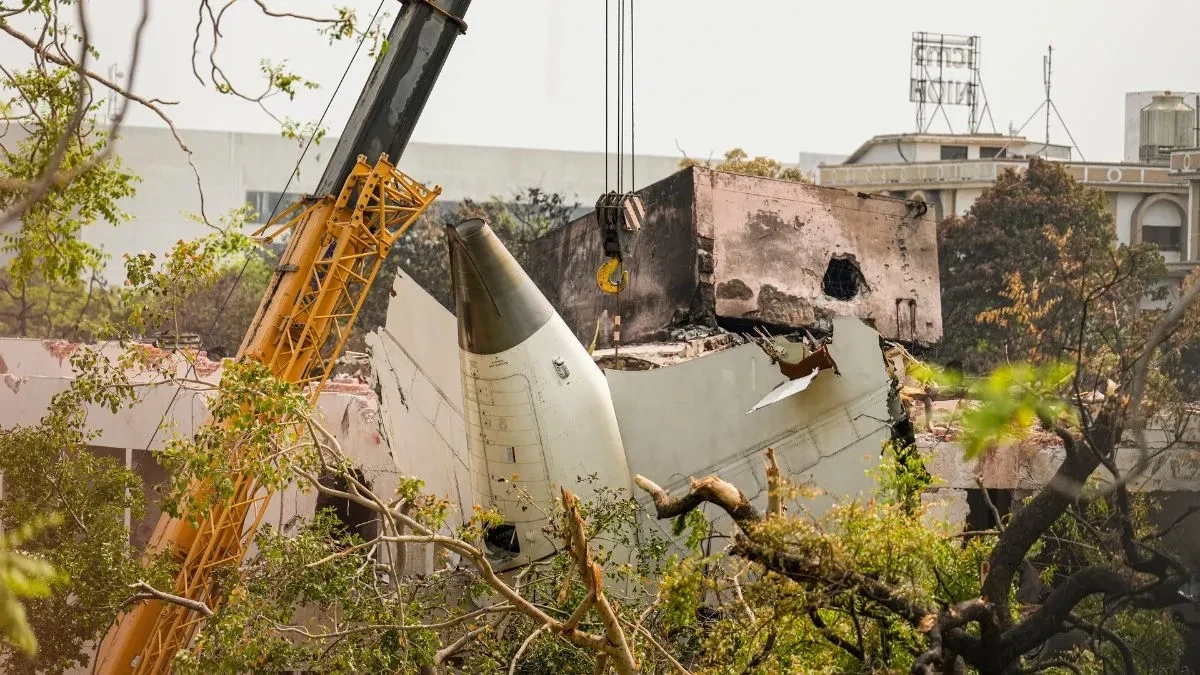An unusually long take-off roll has emerged as a key concern in the investigation into the Air India flight that crashed shortly after take-off in Ahmedabad, killing at least 270 people.
The Dreamliner used the airport’s entire 3.5-kilometre runway far more than the typical 2.5 to 3 kilometres needed for such aircraft before lifting off, reports TOI.
No prior warnings were issued before take-off. “There were no requests for runway changes, thrust modifications, or flap adjustments. Weather conditions were stable, visibility was clear, and though temperatures were high, they remained within operational limits,” an airport source told TOI, suggesting the flight proceeded under normal parameters until the fatal incident unfolded moments after take-off.
Just 17 seconds into the flight, the aircraft began to descend. Seconds later, a chilling final transmission crackled over air traffic control: “Thrust not achieved… falling… Mayday! Mayday! Mayday!” It was the last desperate call from the cockpit before the plane plunged into the BJMC hostel and erupted into flames, fuelled by over 125,000 litres of aviation fuel. Ahmedabad police confirmed the distress call after reviewing ATC records.
Unusual take-off roll raises alarm
Aviation officials and experts are now closely examining why the aircraft required the full length of the runway. Preliminary assessments suggest inadequate engine thrust could have delayed lift-off. Experts quoted by The Times of India also raised the possibility of flap configuration issues, though there were no official changes to runway operations, engine settings, or flap adjustments, according to media reports.
What the investigation has found so far
Airport CCTV footage confirms the extended take-off roll. No visual anomalies, engine failure indicators, or abnormal pitch movements were observed by ground staff or ATC. All pre-flight communication and protocols were reportedly followed.
There was no fire or explosion visible before the crash, ruling out an in-flight fire in the immediate moments after take-off. The aircraft’s descent occurred swiftly, ending in the catastrophic collision that has left investigators and aviation authorities scrambling for answers.
Key theories under probe
While official findings are awaited, investigators are exploring three primary lines of inquiry:
Engine thrust issues: A possible failure to generate adequate thrust during take-off.
Flap malfunction: Improper deployment of wing flaps could have impacted lift-off dynamics.
Security breach or sabotage: The involvement of anti-terror squads suggests that external interference or foul play has not been ruled out.
A source close to the probe told Reuters that all scenarios including mechanical failure, pilot error, and sabotage remain under active consideration. The investigation now hinges on data from the aircraft’s black box, which could provide crucial insights into those final moments before crash.
